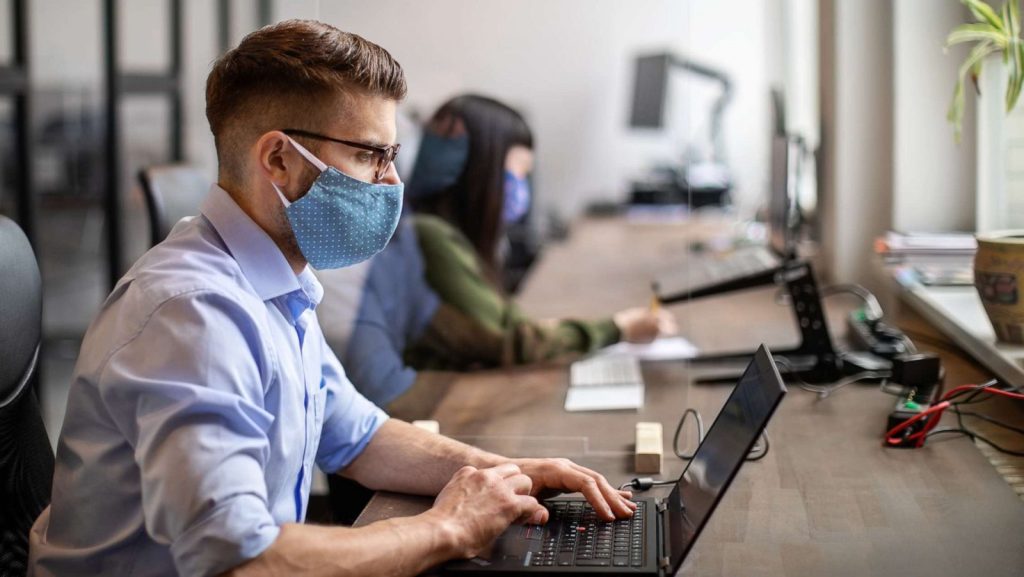
The COVID-19 pandemic forced white-collar workers to rapidly adapt to a new way of working, and it goes without saying that the isolation of working from home was not suited for everyone. That meant swapping in-person meetings and FaceTime with colleagues for virtual coffee chats and Zoom happy hours. It also meant saying goodbye to the daily commute and spending more time working from home.
In many ways, these changes have been positive – employees have gained increased flexibility regarding their schedules and where they work. And for companies, going virtual has often led to increased productivity and cost savings. But the pandemic has also brought its fair share of challenges, including more screen time, isolation, and burnout.
The COVID-19 pandemic has changed how white-collar workers spend their average workday.
The New Normal: Working from Home For White-Collar
The biggest change for white-collar workers during the pandemic has been the shift to working from home. This has been a dream come true for some employees – no more commuting! More flexibility! The ability to design your own office!
But for others, working from home has been a challenge. It can be isolating not seeing your colleagues in person daily. And for parents working from home, finding the time and space to get everything done can be difficult. Plus, there’s always that nagging feeling that you should be working even when you’re not at the office.
White-collar workers have coped with the challenges of remote work during COVID-19 by leveraging technology to efficiently manage email communications and report writing. Despite the isolation of working from home, workers have adapted by using digital tools for effective communication and collaboration. Setting clear boundaries for work hours, taking regular breaks, and utilizing project management software have helped alleviate stress and maintain productivity.
Additionally, staying connected with colleagues through virtual meetings and instant messaging platforms has played a crucial role in fostering a sense of teamwork and support amidst the remote work environment. These adaptive measures reflect the resilience and resourcefulness of white-collar workers during unprecedented times.
But despite the challenges, there are many upsides to working from home – especially when it comes to productivity. A study by Stanford University found that employees who worked from home were 13% more productive than those who didn’t. Although there’s still some debate as to whether or not people are actually taking fewer breaks when they work from home, there is evidence that suggests people are more focused when they’re not in an office setting.
The New Normal: Video Meetings
In-person meetings have been replaced by video meetings for the vast majority of white-collar workers during the pandemic, and while this has certainly made things more convenient in some ways (no need to travel), it has also created some new challenges.
For one thing, it can be difficult to pay attention during long video meetings. After a while, it all starts to blend together, and people tune out. There’s also the issue of bandwidth – if everyone is trying to participate in a video meeting simultaneously, it can result in many dropped calls and connection problems.
And then there are the tech issues… We’ve all had that moment where we can’t figure out how to turn off our video or mute our microphone. Let’s say there’s a reason “Zoom fatigue” has become a thing during the pandemic!
To sum up
The COVID-19 pandemic has prompted a significant redefinition of the white-collar workday, ushering in an era where remote work and virtual meetings have become commonplace. While remote work offers benefits like increased flexibility and potential productivity gains, it has also introduced challenges such as isolation and blurred work-life boundaries.
The shift to virtual communication has highlighted the importance of technology reliability and the need for strategies to combat “Zoom fatigue.” A hybrid work model seems likely to persist, requiring organizations to prioritize employee well-being, invest in technology infrastructure, and foster a culture that supports effective remote collaboration while maintaining a healthy work-life balance.


